Words
 | 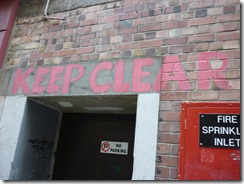 |
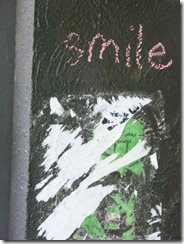 | 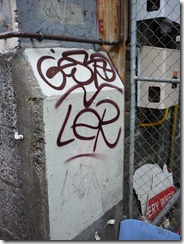 |
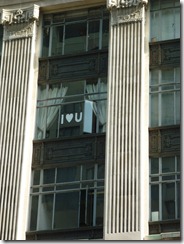 |  |
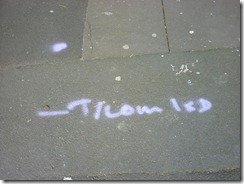 | 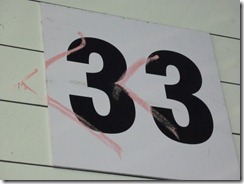 |
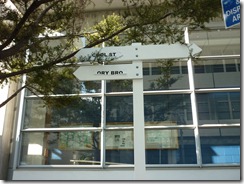 | 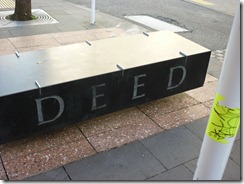 |
From: designboom
Mary Sibande is a South African artist based in Johannesburg. Her recent series ‘Long Live the Dead Queen’ was featured within the city on the side of buildings and other structures as large, photographic murals. The series, like Sibande’s practice as an artist, ‘attempts to critique stereotypical depictions of women, particularly black women in our society’.
In the series black women are depicted wearing extravagant Victorian dresses in vivid hues. The pieces are actually sculptures which Sibande creates and then has photographed. While the murals we displayed in Johannesburg this past Summer, they presented a contrasting perspective to the marketing focused billboards put on display for the Soccer World Cup. Mary Sibande is represented by Gallery Momo.
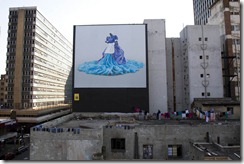 |  |
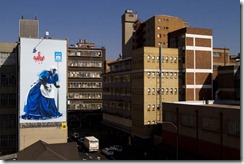 | 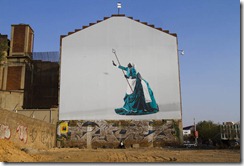 |
Lachapelle, Murray, & Neim discuss a model showing the influence of KNOWLEDGE in viewing art. This model examines how viewers learn about art and how different types of knowledge impact on that learning.
“Knowledge is defined as an individual’s personal stock of information, skills, experiences, beliefs, and memories.”
“For the purposes of this model, aesthetic experience is defined as an individual response to a work of art without undue regard for the quality of that response. Aesthetic experience is further defined as a learning process by which the viewer, in encountering an art object, constructs new knowledge about the object in question and, in occasional ideal situations, about the nature of art itself.”
(Lachapelle, Murray, & Neim, 2003, p. 83)
Mediating knowledge is personal knowledge, specific to the viewer, that is acquired prior to the art viewing experience. This knowledge comprises suppositions, personal experience, skills and formal knowledge.
Objectified knowledge is sited in an art object. Objectified knowledge includes the ideas and emotions conveyed by the artist through the creation and presentation of the artwork.
Constructed knowledge is the result of interaction between mediating knowledge and objectified knowledge. Constructed knowledge is the individualised meaning that the viewer has fashioned about the artwork based only on his/her encounter with the artwork.
Theoretical knowledge is that which describes the artwork, but exists independently of it. Theoretical knowledge can be found in texts created by reviewers, curators and critics.
Reconstructed knowledge is created by the interaction between constructed and theoretical knowledge. Constructed knowledge is enhanced by the new insights provided by theoretical content.
Lachapelle, R., Murray, D., & Neim, S. (2003). Aesthetic Understanding as Informed Experience: The Role of Knowledge in Our Art Viewing Experiences. The Journal of Aesthetic Education, 37(3), 78-98.